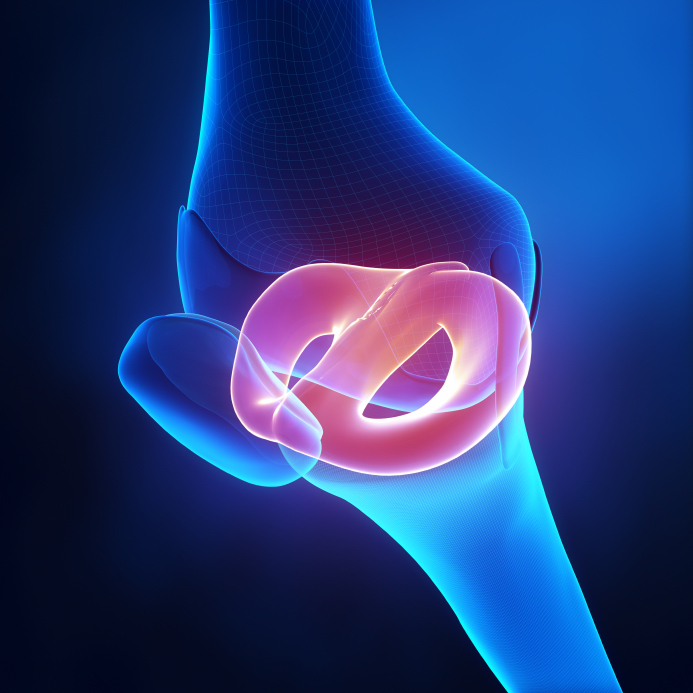Introduction: Knee osteoarthritis (OA) is frequent after anterior cruciate ligament reconstruction (ACLR). In younger adults with knee OA after ACLR, psychological impairments including worse knee confidence and kinesiophobia have been reported. In people with knee OA after ACLR, this study aimed to compare pain, symptoms, function and quality of life (QOL) between those with high and low knee stability during high-demand activities.
Methods: Thirty participants who were 5-12 years post-ACLR with radiographic (Kellgren-Lawrence grade ≥ 1) and symptomatic (Knee Injury and Osteoarthritis Outcome Score [KOOS] criteria) knee OA (14 males, mean±SD age 45 ±11years, post-ACLR 9±2years, BMI 26±4kg.m-2) were recruited. Knee stability was evaluated using 100mm visual analogue scales (VAS) during high-demand functional tasks (hop for distance [HD], side to side hop [SSH], one-leg rise [OLR]). Performance-based function was assessed using HD, SSH and OLR and self-reported function was assessed with the KOOS-sports recreation (S/R) subscale. Pain and symptoms were assessed using the KOOS-pain subscale, Anterior Knee Pain Scale (AKPS) and International Knee Documentation Committee (IKDC) form, and KOOS-QOL subscale was used to assess knee-related QOL. K-means clustering was used to classify people into high and low clusters based on their knee stability scores, and multivariate analyses were used for comparisons between the two groups, with significance set at 0.05. Age, sex and BMI were included as covariates.
Results: Compared to those with high knee stability (n=21), those with low knee stability (n=9) had worse pain (p<0.001), symptoms (AKPS: p=0.001; IKDC: p=0.002), poorer self-reported (p<0.001) and performance-based (HD: p=0.002; SSH: p=0.003; OLR: p<0.001) function, and worse QOL (p=0.001).
Discussion: The findings suggest that people with worse perceived knee stability during high demand activities also have worse self-reported pain and symptoms, poorer self-reported and performance-based function and QOL. An association between knee confidence and stability has been previously reported in people with knee OA. Therefore, targeting deficits in knee stability with multimodal interventions may aid in improving knee confidence as well as alleviating pain and symptoms, and functional impairments. This study also highlights importance of psychological factors and indicates that a multimodal approach is required to ensure optimal recovery in young adults post-ACLR.
Conclusions and take home message: In people with knee OA after ACLR, those with impaired knee stability during high demand functional tasks also have impairments in pain, symptoms, function and quality of life. Addressing deficits in perceived knee stability may aid in improving pain and symptoms, function and QOL.

